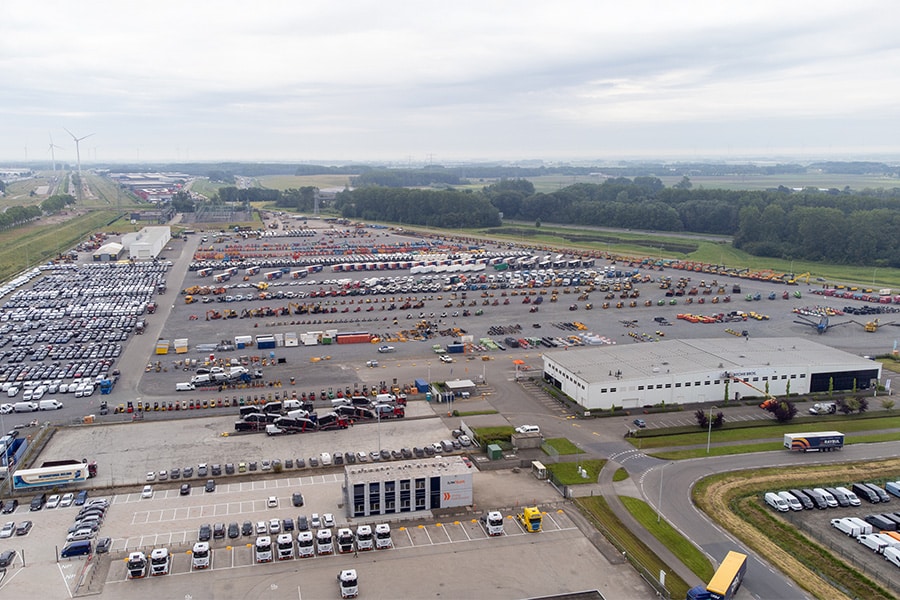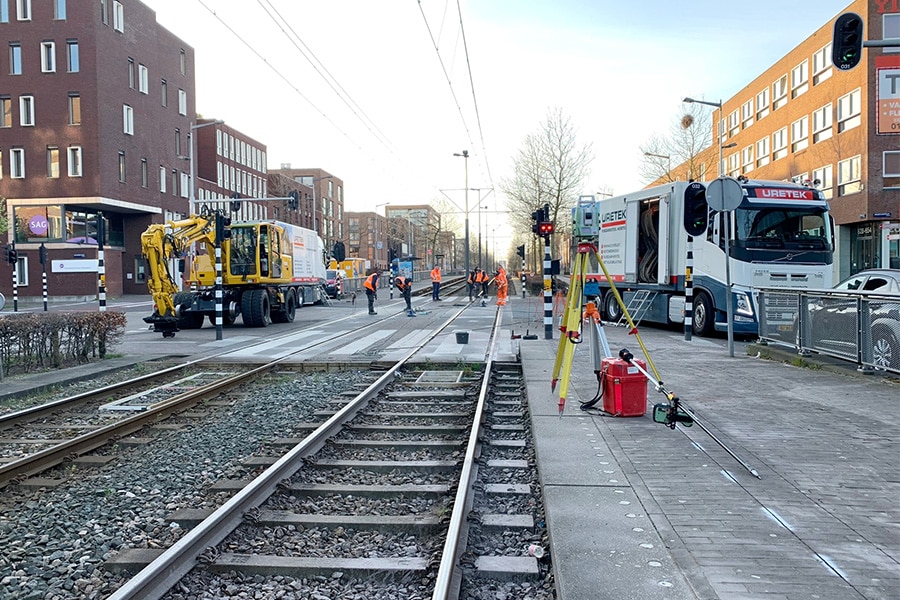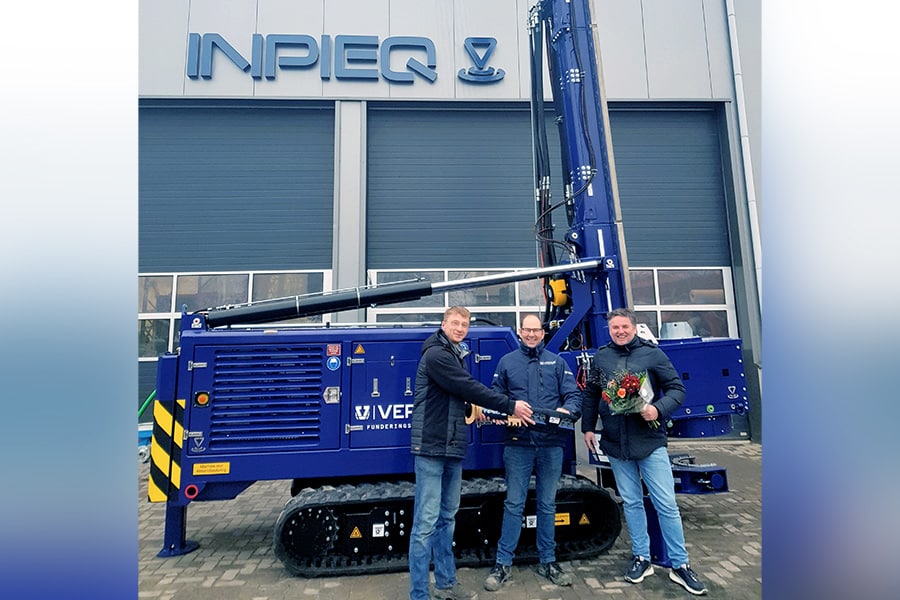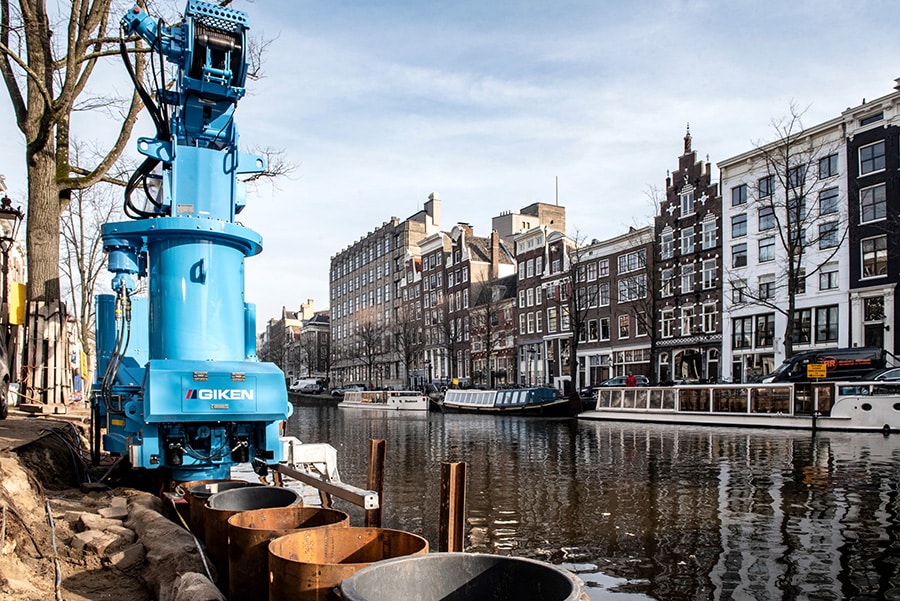
Translating big data into efficient management and maintenance of infrastructure
Digital applications and innovations such as reality capturing, artificial intelligence and digital twins enable us to make better use of our infrastructure, but also to manage and maintain infrastructure more efficiently. How nice is it when, for the construction of new infrastructure or the management and maintenance of existing infrastructure, you have a digital copy of reality that can serve as a basis for decision-making? The possibilities offered by digitization are endless, but at the same time it also brings challenges. Because how do you deal with the sometimes enormous amounts of data? And how do you then translate all that data as efficiently as possible into information that can be used in practice?
Predicting the future
Digitalization has accelerated in recent years: new technologies and innovations follow each other in rapid succession. Also in infrastructure. Techniques such as artificial intelligence make it possible to simulate the future and predict what an asset will face in the coming time, so that managers of those assets know what needs to be done to ensure that those assets can continue to perform their function optimally. In this way, artificial intelligence can support human decision-making when dealing with large amounts of data, analytical issues or planning tasks. A development that Iv-Infra is working toward with, among other things, the data collected with the 3D scanning car developed by Iv-Infra.

Being in control
Managers are expected to be 'in control' at all times when it comes to the management and maintenance of their assets. But with maintenance budgets constantly being cut back and the lack of insight into the current state of the area, it is an enormous challenge to actually be 'in control'. Having the right data and interpreting that data in the right way is essential for making the right decisions regarding management and maintenance. One of the tools Iv-Infra uses to advise managers on management and maintenance is the 3D scan car. This enables a highly accurate digital copy of reality to be made in a relatively short period of time.
A digital copy of reality
The 3D scan car allows safe, fast and accurate mapping of an environment while driving. The car is equipped with a highly accurate IMU (accelerometers), 3 advanced laser scanners, an accurate GPS, cameras for 150 megapixel 360° photos and an HD camera for taking damage images of the road surface. Thanks to this combination of systems, the vehicle can, among other things, map the characteristics of the road in a single measurement (think longitudinal flatness, transverse flatness, superelevation, road and lane widths, damages, detection loops and lineation) and, at the same time, visualize all objects in the immediate vicinity, such as overpasses, gantries, guide rail, traffic signs, trees, buildings and light poles. Dimensions, distances and possible damages of objects can also be easily and very accurately retrieved from the measurement data.
Single collection, multiple use
From the scan data (point cloud), the 360° photos and the HR photos, administrators can easily retrieve a lot of relevant information. For example, it is easy to read whether obstacles are too close to the road, what the clearance of engineering structures is, whether the speed bumps in the road still meet requirements, whether traffic signs and traffic lights are in the right place, whether the road markings still reflect well enough, and many more examples can be mentioned. All this information can be retrieved from the point cloud and photos of one measurement.
Another example of single collection and multiple use of data is that using TreeTracker's specific software, trees can be automatically recognized in the point cloud, including their exact location, height, trunk diameter and crown diameter. Fully automatic detection of this data uses mobile mapping data and deep learning algorithms. Based on this data, the value of trees can be easily determined (ecological and economic value). This is because trees store CO2 up, hold water when it rains hard and the sewers fill up, and they also trap particulate matter.

Smart automation
One day of scanning and photographing quickly yields over two terabytes of raw data. But all this data must first be processed to obtain the desired information, or else administrators can't do much with it. Initially, the process of processing the raw data into a cleaned point cloud took at least four days. Iv-Infra has reduced this time to two days through clever automation of the processes.
Keep innovating
Iv-Infra is also currently working on an artificially intelligent tool that automatically recognizes asphalt damages. The goal is to work toward a system that is so smart that it then also automatically diagnoses, assesses risk and provides advice regarding management and maintenance measures.



